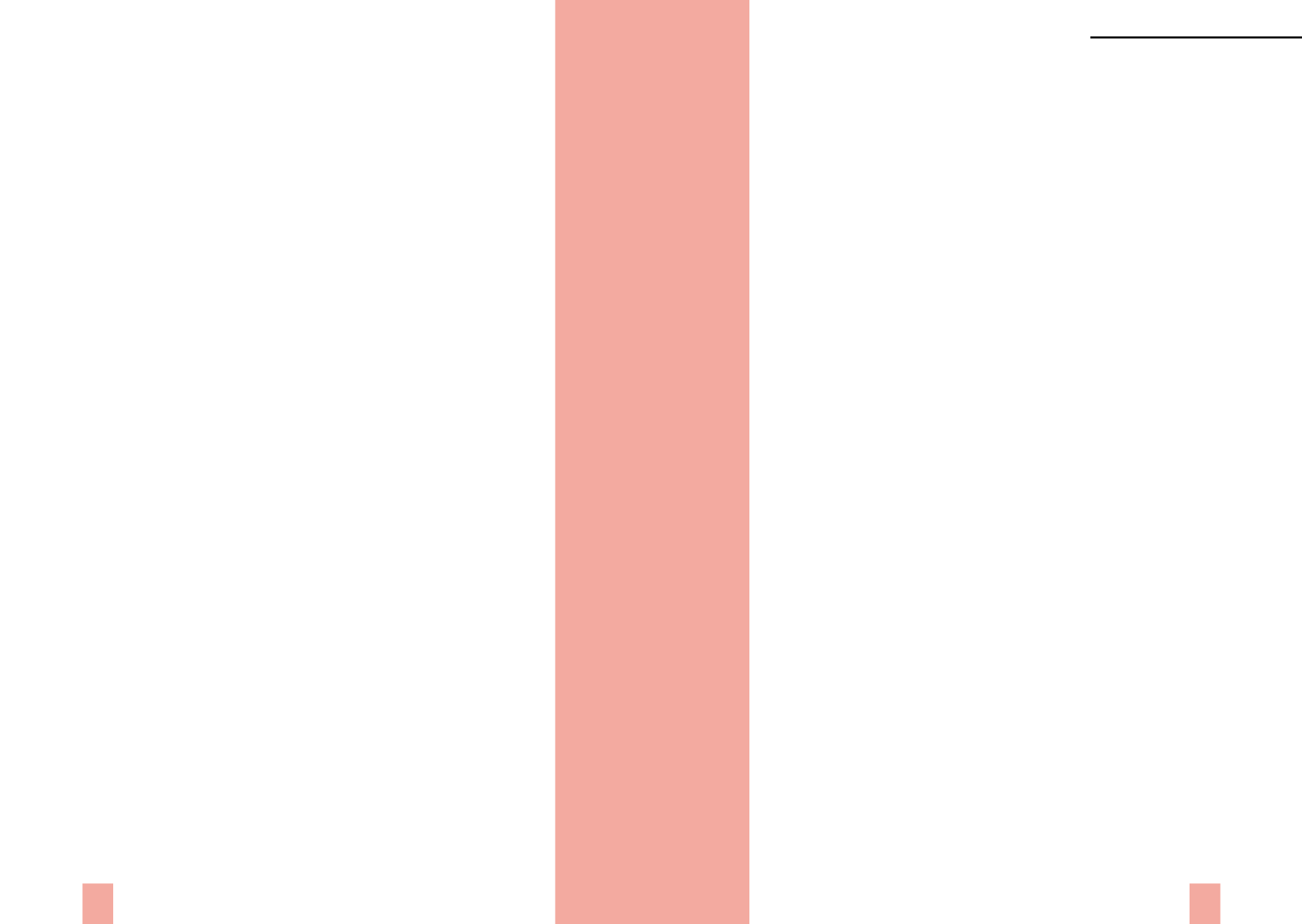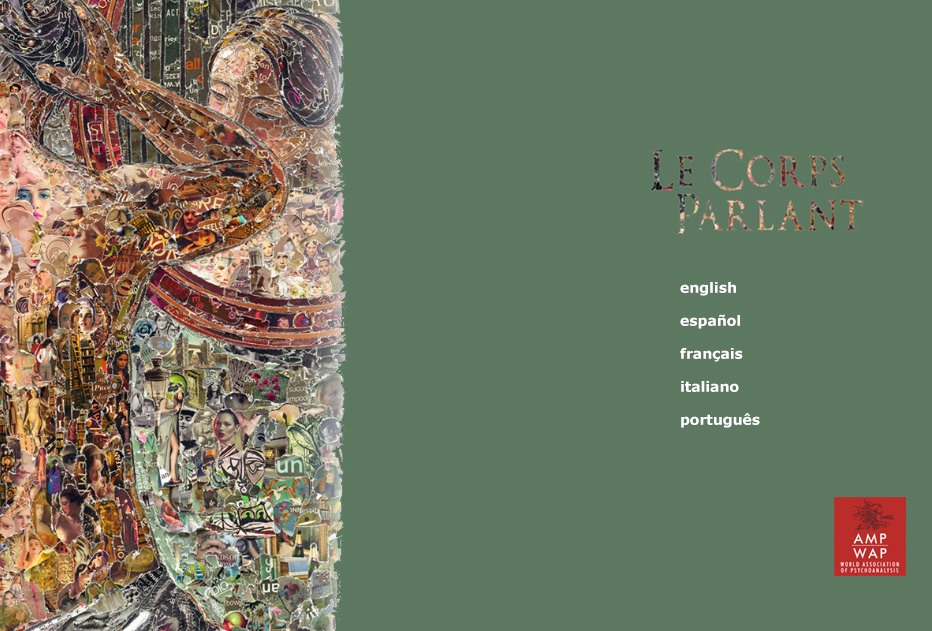

THE SPEAKING BODY
Xth Congress of the WAP,
Rio de Janeiro 2016
505
504
an ‘event of the body’, an emergence of jouissance. Moreover, there is nothing
to say that the body in question is your body. You can be ‘another body’s
symptom’, should you be a woman.”
p. 126
“The
parlêtre
is grappling with his body as something imaginary, just as he
is grappling with the symbolic. The third term, the real, is the complex or
the implex of the two others. With the speaking body, with its two types of
jouissance–the jouissance of speech and the jouissance of the body–one leading
to the
escabeau
, the other sustaining the
sinthome
, there is in the
parlêtre
both
jouissance of the body and a jouissance that drifts outside the body.”
p. 129
III /e. Escabeau
III /e.1 The Psychoanalytic Courses
“Spare Parts” (2004). Trans.: A. Price [PN 27, 2013]
“The
escabeau
is the new concept that Lacan introduces with James Joyce. This is
gibe at the beau, of course, a sardonic version of the aesthetic. (…)
The
escabeau
is the very thing from which Joyce pledged to fashion what would
be fit to survive him, i.e. to outlast the decomposition of his body. He had
to forge an
escabeau
, and to forge it from the body’s affect, the affect of the
body to which Spinoza refers, but which Lacan calls by its Freudian name, ‘the
symptom’, and by its Freudian name in modified form, ‘the
sinthome
’
.
This is
what the
escabeau
is: Joyce’s ambition.
What is this ambition? It is to turn what affects him, he who is incomparable
with anyone else, to turn what affects his body, to turn what makes for an event
in his body, into an eternity. This is the question that is posed in the Seminar
Le sinthome
: how to go about turning the event into something that resembles
this dream of eternity, i.e. what is still there when one is no longer there oneself?
How, from the singular event, from this contingent trauma, from this event that
affects each
parlêtre
in his singularity, to go about extracting something that can
be valid as a lesson, and which will be valid for others, which they will take up,
in ages to come, and potentially to infinity? How, from this misfortune, from
this mediocre misfortune, to go about making something that people have called
beau
and which is but
escabeau
?”
p. 92
“This invention is an oeuvre, and it is rooted in the sinthome. This is what
Lacan calls the
escabeau
and he writes it, somewhat drolly,
S.K.beau
. The
speaking being requires an
escabeau
because language introduces or transmits a
hole. He requires a supplement so as to stand out. Joyce’s privilege, if he has one,
is that he made this
escabeau
with the deed of his saying. In this respect he is
exemplary for psychoanalysis.”
p. 95
“Detached Pieces” (2005). Trans.: B. P. Fulks, [LI 28, 2006]
“Are you always so enthusiastic about the effect of truth? (…) as condition of
which (…) there is an event of the body. That is to say (…) the signifier is a
sublimation (…): to speak, to manipulate signifiers is to sublimate at the same
time. (…) Sublimation, in relationship to the event of body, is completely
natural.”
p. 38
Sublimation is a sublime word. Which Lacan held back by calling it a step–stool
(
escabeau
). (…) The philosophical, ethical, aesthetic step–stool. Especially the
beau
which is in
escabeau
(…) The
escabeau
, Lacan said very precisely in his
Joyce the Symptom – II
is conditioned by the fact that man has a body, a body
in which there are events. One must know why there are events inside (…):
one is there, in what Lacan explored, at the level of the pre–unconscious, of
unaccountable jouissance, that which is not true, which is not signifiable.”
p. 38-39
III /e.2 Other Publications
“The Unconscious and the Speaking Body” (2014). Trans.: A. R. Price
[HB 12, 2015]
“The
escabeau
is a transversal concept. It provides a colorful translation for
Freudian sublimation, but in its intersection with narcissism. And this is a
connection that is specific to the era of the
parlêtre
. The
escabeau
is sublimation,
but in so far as it is grounded on the first
I’m not thinking
of the
parlêtre
. What is
this,
I’m not thinking
? It is the negation of the unconscious by which the
parlêtre
believes he is the master of his Being. And with his
escabeau
, to this he adds the
fact that he believes himself to be a maître beau, a fine master.”
p. 127
“What is it that foments the
escabeau
? It is the
parlêtre
from its angle of the
jouissance of speech
.
It is this jouissance of speech that gives rise to the grand
ideals of the Good, the True and the Beautiful. The
sinthome
, on the other hand,
Jacques – Alain Miller



















